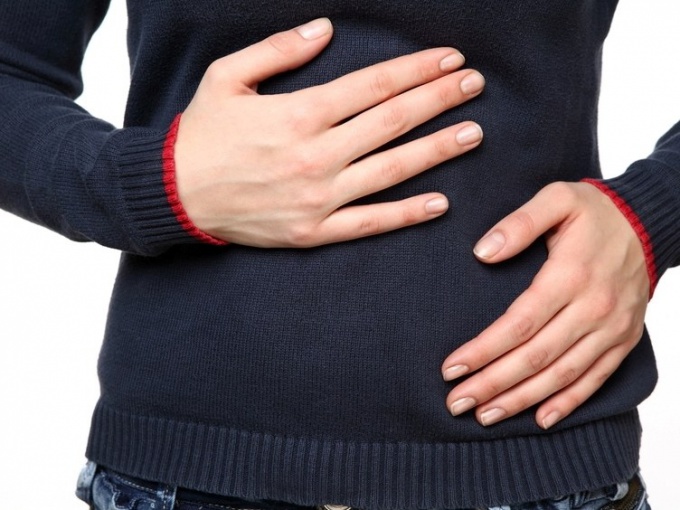The causes of the disease
It is difficult to say which disease is primary. Some people cholecystitis develops due to stagnation of bile and stones in the gall bladder, the other on the background of cholecystitis in the bladder are formed sand and stones. The exact cause of stone formation in the gallbladder is unknown.
Assume that your role here is played by the stagnation of bile in the biliary ducts, and increased its salinity. Contributing factors are obesity and a breach of the diet with the consumption of fatty and fried foods. Furthermore, it is noted that women suffer more often men. And women who have given birth multiple times are much more at risk of stone formation.
The clinical picture
Gallstone disease develops gradually. It all starts with the fact that bile is formed zamoskvoreckaya. It may be associated with pregnancy, oral contraceptives, sudden changes in body weight. Due to the decrease of tonus of the walls of the gallbladder movement of bile is difficult, and due to the long stagnation of the bile start to Deposit more dense particles. In the future, these particles can remain in the form of sand or begin to adhere to each other with the formation of stones. In moments of physical activity, due to the reduction or, conversely, weight gain stones may shift — starts the attack of biliary colic. If a stone passes from the gallbladder into the bile duct and blocks it, the discharge of bile ceased. Bladder wall stretch and the person starts torturing pain. In some cases overstretched, the bladder wall becomes inflamed and starts acute cholecystitis. Drug biliary colic is treated with medications, relieving spasm, to relax the bile duct and the stone could pass through it into the intestine.
Types of gallstones
Gallstones are a stones consisting of bilirubin, cholesterol, bile pigments and calcium salts. To detect them, use ultrasound and x-ray diagnostics. If a stone is cholesterol, x-rays, he is practically determined only on ultrasound. In size and shape, they can be very different. Stones can be smooth, and may have sharp edges. The shape can be round, ovoid, many-sided. The size variations are also possible — the small stones the size of river sand, and the largest filling the whole cavity of the gall bladder is overstretched. But usually in a bubble is a few stones of different sizes. Known cases, when the concretions of different caliber completely occupied the entire gallbladder and the mouth of the bile duct.
Depending on the size of the stones, their amount and composition of the physician determines the tactics of treatment: conservative, shock wave therapy or surgical removal of the gallbladder along with the stones.

